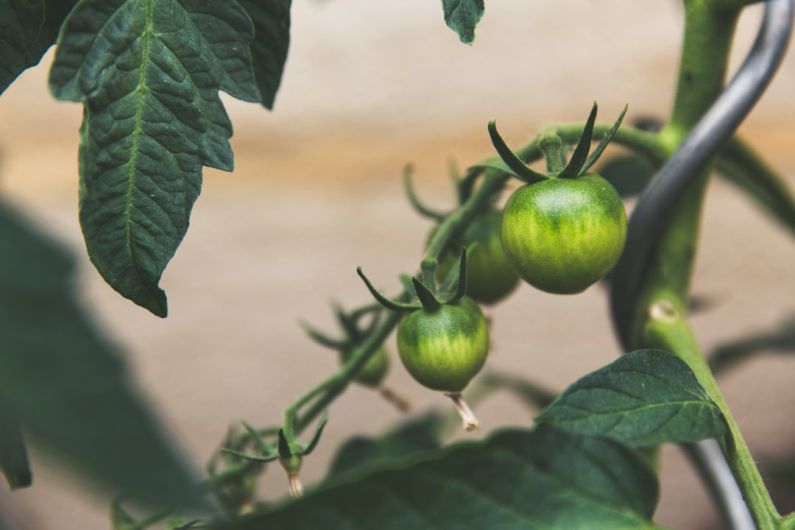How to Build a Rain Garden in Your Yard
Rain gardens are a fantastic addition to any yard. They not only enhance the beauty of your outdoor space but also provide numerous environmental benefits. By capturing and filtering rainwater runoff, rain gardens help to reduce water pollution, prevent erosion, and replenish groundwater reserves. If you’re interested in creating a rain garden in your yard, here are some simple steps to get you started.
Choose the Right Location
The first step in building a rain garden is to find the perfect location for it. Look for an area in your yard that receives a good amount of rainfall and has good drainage. Avoid places near the foundation of your house or any underground utilities. Ideally, the rain garden should be situated at least 10 feet away from any structures.
Determine the Size and Shape
Next, decide on the size and shape of your rain garden. Consider the amount of rainfall in your area and the size of your yard. A rain garden should be large enough to handle the volume of water it will receive but not so large that it becomes difficult to maintain. A depth of 6-8 inches is usually sufficient.
Prepare the Soil
Before digging the rain garden, it’s important to prepare the soil. Start by removing any existing grass or weeds from the area. Loosen the soil with a garden fork or tiller to improve drainage. If the soil is compacted, consider adding organic matter such as compost to improve its fertility.
Dig the Rain Garden
Now it’s time to dig the rain garden. Start by marking the outline of the garden using a garden hose or spray paint. Then, dig a shallow depression within the marked area. Make sure the edges of the garden slope gently towards the center to allow water to flow in. The depth of the depression should be uniform throughout the garden.
Add Mulch and Plants
Once the rain garden is dug, it’s time to add mulch and plants. Spread a layer of mulch, such as wood chips or shredded bark, evenly over the garden bed. This will help to retain moisture and suppress weed growth. Then, choose native plants that are adapted to your region’s climate and soil conditions. Native plants are more resilient, require less maintenance, and provide valuable habitat for local wildlife.
Maintain the Rain Garden
After planting, it’s important to maintain your rain garden to ensure its long-term success. Water the garden regularly, especially during dry spells, to help the plants establish their roots. Remove any weeds that may sprout and replenish the mulch as needed. Also, monitor the garden during heavy rain events to ensure that it is functioning properly and not becoming overwhelmed by excessive water.
Conclusion
Building a rain garden in your yard is a rewarding project that benefits both the environment and your outdoor space. By following these simple steps, you can create a beautiful and functional rain garden that helps to conserve water, reduce pollution, and support local biodiversity. So, roll up your sleeves and start digging – your rain garden awaits!






